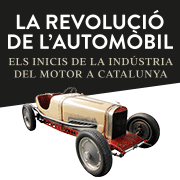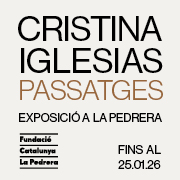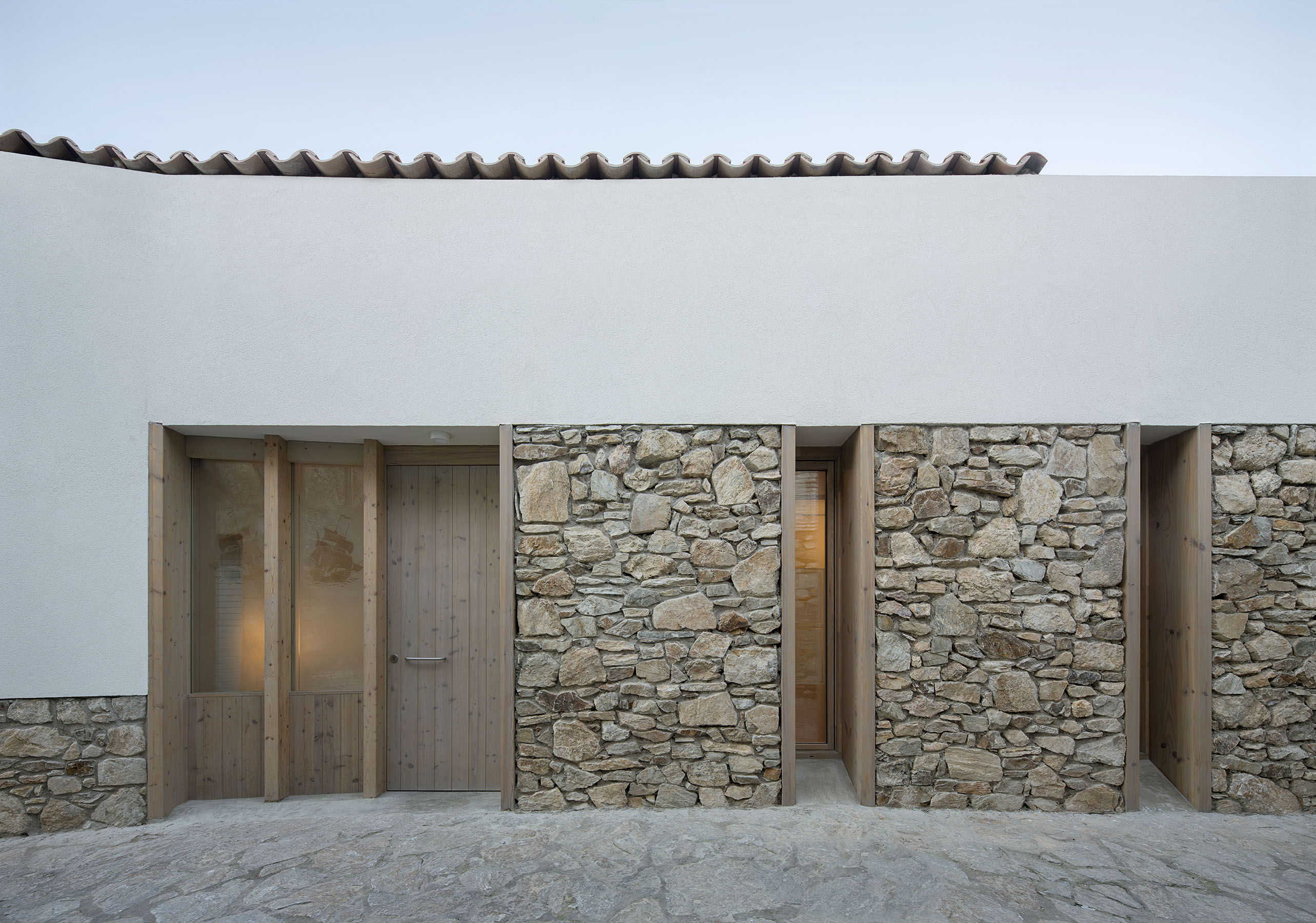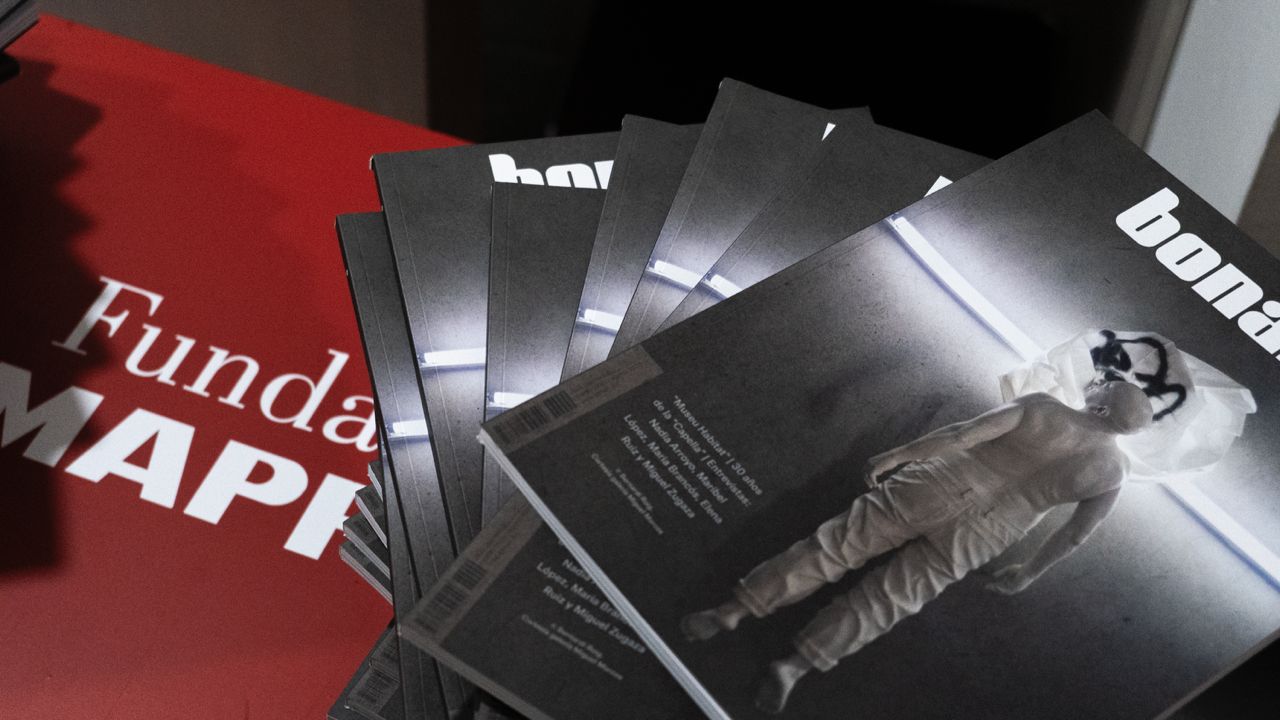Exhibitions
The turbulent decade
First exhibition dedicated to photographer Josep Andreu Puig Farran, at the KBr center of the MAPFRE Foundation.
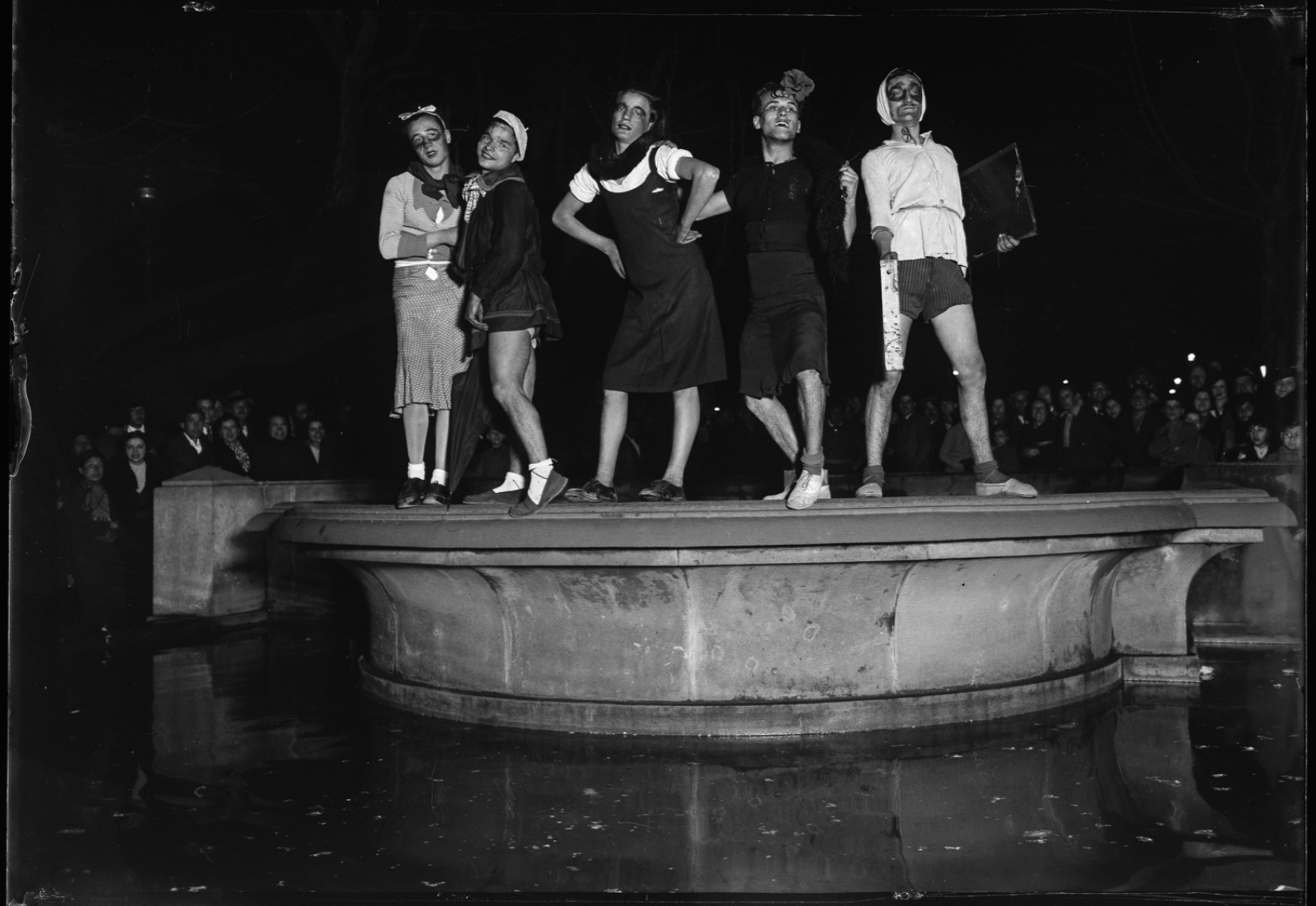
Images reflect the reality of the moment, but it would be naive to think that they do not also construct it. Especially when they appear in the press, illustrating an event or bearing witness to specific facts: it is very easy to read them as graphic proof of a given reality, as evidence of the story they accompany. It is an interpretative routine that we have very much integrated, but from which it is advisable for us to distance ourselves in order to be able to get closer to the facts.
 Joan Andreu Puig Farran, Be resistint-se. Fira del Xai al passeig de Sant Joan, durant la celebració de la Pasqua, abril del 1934. Arxiu Fotogràfic de Barcelona / Arxiu Família Puig Farran. © Arxiu Família Puig Farran
Joan Andreu Puig Farran, Be resistint-se. Fira del Xai al passeig de Sant Joan, durant la celebració de la Pasqua, abril del 1934. Arxiu Fotogràfic de Barcelona / Arxiu Família Puig Farran. © Arxiu Família Puig Farran
It is precisely this exercise in distancing that the curators of the exhibition Joan Andreu Puig Farran: the turbulent decade (1929-1939) propose to us in the KBr space of the Mapfre Foundation. On the occasion of the first exhibition dedicated to one of the great names in photojournalism in Catalonia —composed of a selection of glass plates that his heirs deposited in the Barcelona Photographic Archive, complemented by a large number of original copies preserved in the documentary collections of the newspaper La Vanguardia—, Arnau Gonzàlez i Vilalta and Toni Monné Campañà have conceived an exhibition that aims to dismantle the individual stories of the press of the moment to emphasize the biases and contradictions of a society tense between the desire for transformation and the preservation of traditional values.
 Joan Andreu Puig Farran, Atleta participant en una de les proves organitzades pel club FAEGE, Barcelona, 1930-1936. Arxiu Fotogràfic de Barcelona / Arxiu Família Puig Farran. © Arxiu Família Puig Farran
Joan Andreu Puig Farran, Atleta participant en una de les proves organitzades pel club FAEGE, Barcelona, 1930-1936. Arxiu Fotogràfic de Barcelona / Arxiu Família Puig Farran. © Arxiu Família Puig Farran
Although the exhibition includes a series of newspapers from the period in which the photographs were originally published, the translation of Joan Andreu Puig Farran's images into the exhibition format aspires to multiply the levels of reading of representations that served to construct not only a particular vision of the moment, but now also the collective memory of what was a decade as tumultuous as the one that ran from 1929, with the Barcelona International Exhibition and its consequent modernization, until the end of the Civil War, in 1939.
 Joan Andreu Puig Farran, El cuirassat Asama de la Marina Imperial japonesa arriba al port de Barcelona procedent de Marsella, 27 de maig del 1934. Arxiu Fotogràfic de Barcelona / Arxiu Família Puig Farran. © Arxiu Família Puig Farran
Joan Andreu Puig Farran, El cuirassat Asama de la Marina Imperial japonesa arriba al port de Barcelona procedent de Marsella, 27 de maig del 1934. Arxiu Fotogràfic de Barcelona / Arxiu Família Puig Farran. © Arxiu Família Puig Farran
Isolated from their respective original communicative contexts and arranged with a specific intention that seeks to uncover the friction of the different realities that coexist in the same era, Puig Farran's snapshots invite us to approach this moment in the country's history from a new perspective that integrates postcards as opposed as the construction, on the one hand, of Antoni Gaudí's Sagrada Família, and on the other, the iconoclastic destruction, on the other, of the church of Betlem de les Ramblas at the beginning of the Civil War; or the donation of bread and rice to the poor during the festa major in the Gràcia neighborhood and Christmas consumerism in the Can Jorba department store, just off Plaça de Catalunya.
 Joan Andreu Puig Farran, Nena polonesa, 9 de juny de 1935. Arxiu Fotogràfic La Vanguardia © Arxiu Família Puig Farran
Joan Andreu Puig Farran, Nena polonesa, 9 de juny de 1935. Arxiu Fotogràfic La Vanguardia © Arxiu Família Puig Farran



